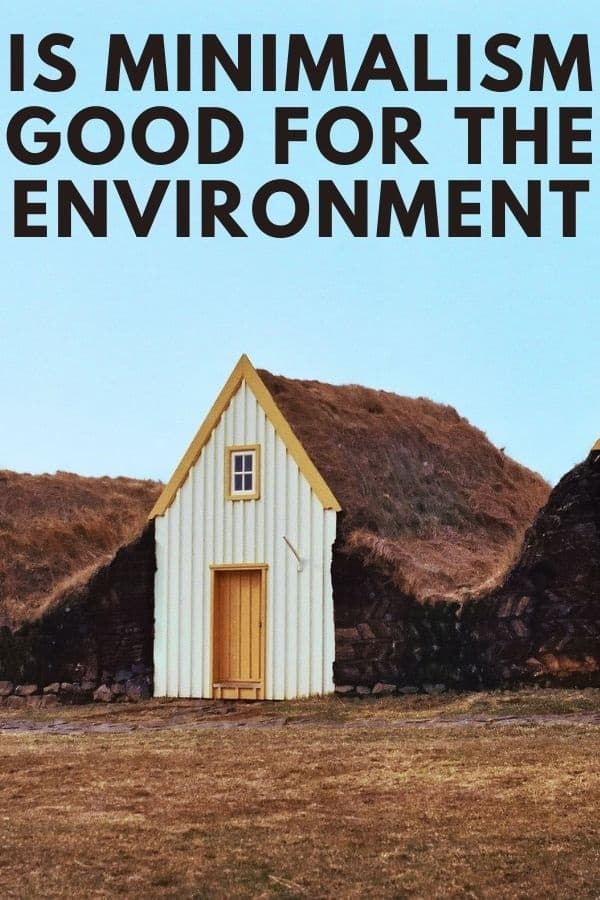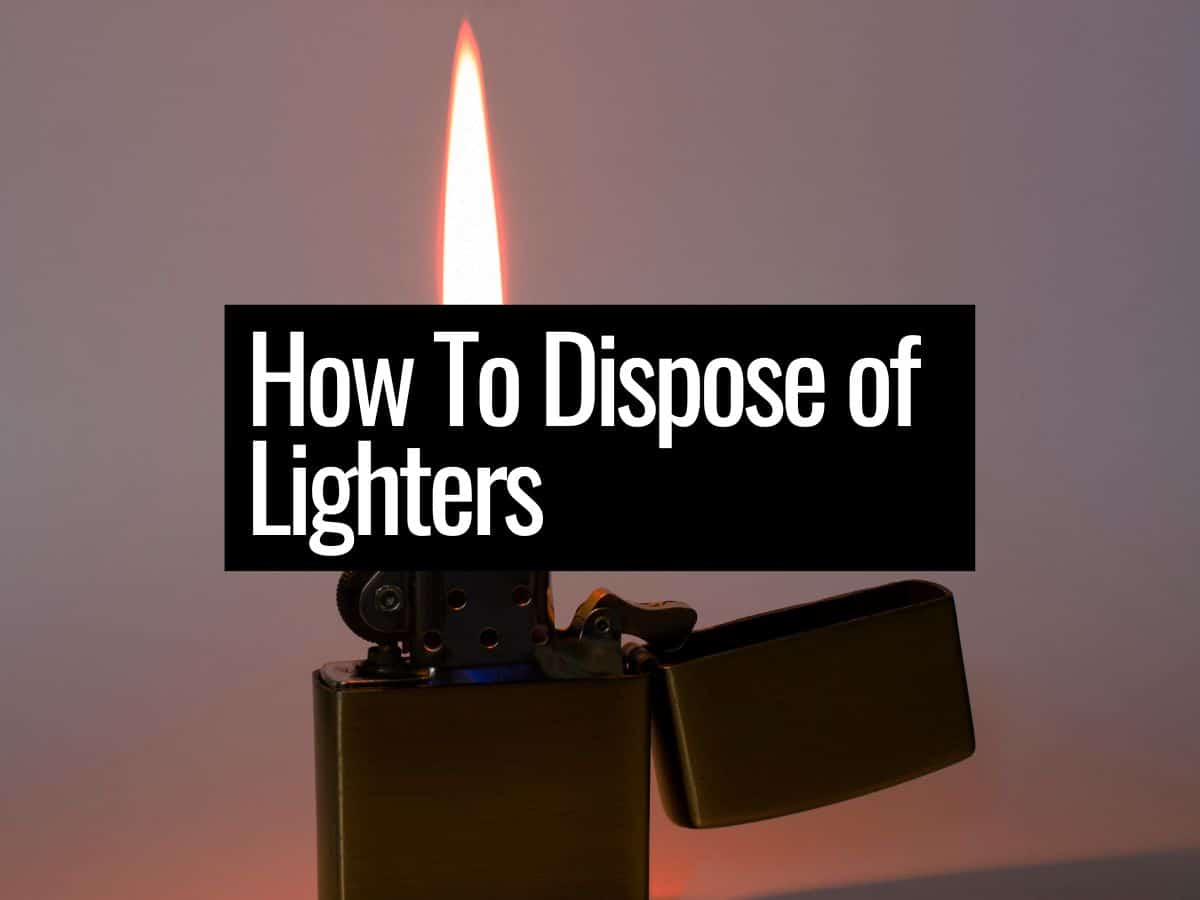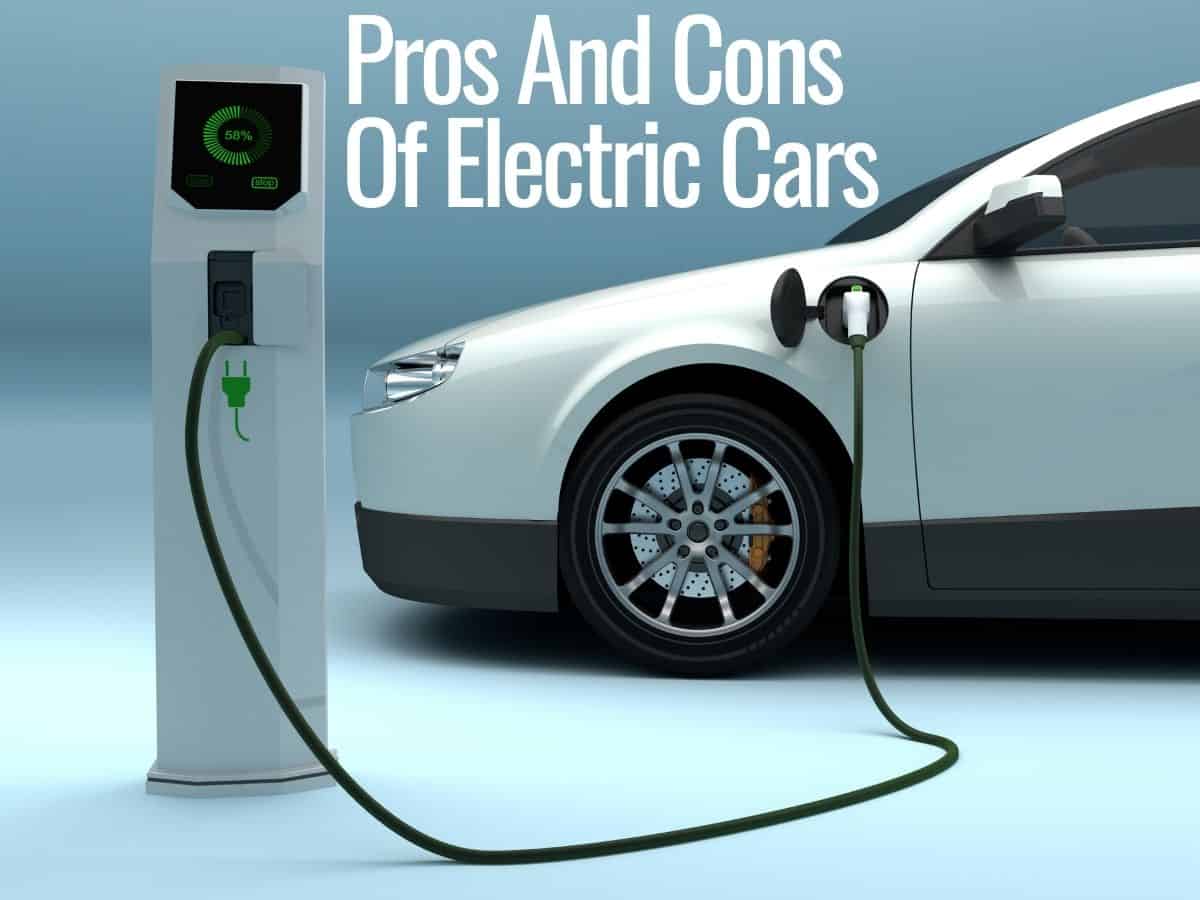Is Minimalism Good For The Environment: How it Helps the Planet
Is minimalism good for the environment? That’s something those of us who practice minimalism and care about the environment wonder.
While being minimalist and being sustainable are different, the goals accomplished by them are quite similar.
Here are some of the same goals that minimalism and sustainability both accomplish.
1. Using less resources
One of the most obvious goals that both lifestyles accomplish is using less resources.
The purpose of using less resources in minimalism is to help simplify your life.
As The Minimalists and other simple living teachers express, having a lot of things can make us unhappy.
Minimalism is about narrowing down what we have to the things that make us most happy.
That way we can get the most enjoyment out of life that we want.
The purpose of using less resources with sustainability is to preserve them for the next generation.
We waste a lot of food and other resources in this world. Eventually, they’ll be less available for other people to have.
Part of sustainability is about using only the resources we need. When we do that, enough resources are available for everyone.
2. Reducing use of electronics
Minimalism teachings tend to emphasize enjoying experiences over things.
In particular with digital minimalism, people are encouraged to be more purposeful with technology.
In some cases, that means using less of it to focus more on spending time being out in the world.
This goal coincides with sustainability because our energy use increases the amount of Co2 in the atmosphere. The increase causes the warming of our planet.
By being more intentional with your technology use, you’re living more sustainably by using less energy.
3. Being more active
Both of these lifestyles encourage a more active lifestyle for different reasons.
One of the goals of minimalism is to add more things that help us feel good mentally and physically.
One of those things that minimalists add as a result is exercise. Choosing to walk and ride bikes more instead of driving cars.
In the case of sustainability, people choose to be more active as another way to reduce Co2 emissions.
By choosing to walk or ride your bike more, you not only help yourself feel better, but you help the planet function better as well.
4. Tiny ecological footprint
The tiny house movement is one way people have practiced minimalism. People who live in these homes feel happy living in a smaller space rather than a large one.
Tiny houses have been proven to leave a tinier ecological footprint than bigger homes.
A tiny ecological footprint is something sustainability seeks to accomplish as well.
Less energy is used in tiny houses and less resources have to be put in the home.
It was even found that living in a smaller space encouraged people not to buy as much. Mainly because they don’t have the space to store it.
5. Recycling
As a part of reducing items, minimalists will often recycle old clothes and other items.
Sustainability encourages people to recycle because that saves on using our earth’s resources to make new items.
Can minimalism be a solution to a sustainable future?
In many ways, minimalism can be a solution to a sustainable future. Nonetheless, it won’t be enough of solution to a sustainable future.
Ultimately, minimalism is more about people focusing on having personal happiness.
It’s because of that, minimalism doesn’t always equal sustainability.
In the documentary on minimalism, some people lived in tiny homes, which is good for sustainability
Other people lived in larger homes, which usually means more energy use, and more Co2 release.
That’s a case where minimalism doesn’t necessarily lead to sustainability.
A more eco-friendly world inevitably requires intentionally living a more sustainable life.
That doesn’t mean we all have to live in tiny homes or only own what can fit in bag pack.
It just means making more of an effort to be conscious about how our choices impact the planet.
Choosing to purchase less plastic, use cars less, and many other choices can help preserve our planet.
Is minimalism good or bad for the environment?
Overall, minimalism can help the environment. The lifestyle encourages people to only own things that truly make them happy.
To do more of the things that can make them happy. As a result, people waste less resources owning things that they rarely use.
They spend more time with people rather than technology. They create less of an impact on the planet.
We encourage you all to practice minimalism and sustainability.
It not only helps you have a happier life, it helps the planet thrive for many generations to come.
Related Articles:
- A List of The Worst Fast Fashion Brands To Avoid (2024)
- 70 Best Online Thrift Stores of 2023
- Best Thrift Stores In Las Vegas
- Best Thrift Stores in San Diego (2024)
- 10 Best Thrift Stores in Houston (2024)






